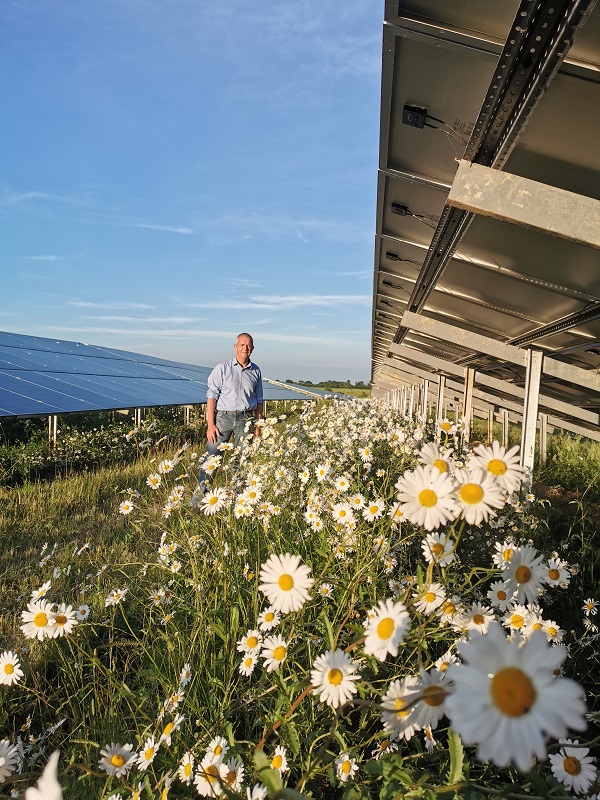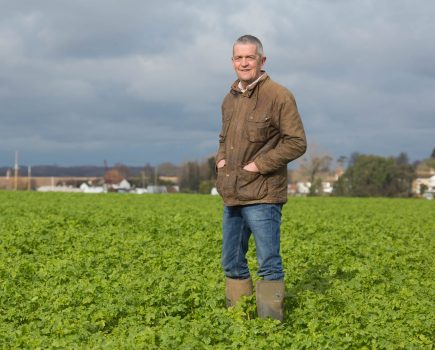 It’s that time of year when crops are at the stage where there’s nothing more to do than let them ripen.
It’s that time of year when crops are at the stage where there’s nothing more to do than let them ripen.
40kg/ha of head nitrogen has been put on the Crusoe on the understanding that the yield looked decent meaning protein might be diluted meaning a boost might be the order of the day. Following that the sprayer has left the field for the last time and the combine will be the next arrival through the field gate.
So it’s time to take stock and evaluate what went right and what went wrong. Arable farming can feel like a sequence of individual battles during a year long war as the crops churn through their growth stages. First you take on the initial challenge of the slugs and the flea beetle. Then it’s the blackgrass. Then it’s the diseases. In amongst that there are the pigeons.
When it comes to most of these enemies the munition box gets emptier and emptier. No more neonics, metaldehyde, various grassweed herbicides and soon no more chlorothalonil. Sometimes it can feel like we are the seventh Cavalry at the Battle of Little Big Horn slowly getting worn down by attack after attack as we run out of bullets.

I just thought I’d include a picture of our solar farm. For no good reason really – apparently this sort of thing is now called ‘virtue signalling’.
If there was one threat against which we’ve kept our defences in good order it’s the aerial threat – namely from the wood pigeon. Fortunately, no pressure group has yet sort to ban butane or propane. The technology behind the artillery barrage against the blue peril looks much as it did fifty years ago. Pump a bit of gas into a chamber, ignite with a well timed spark plug and hopefully the resulting bang keeps the foe at bay for another 30 mins. And of course, we all recognise if you can mix this up with a bit of well camouflaged twelve bore action then this keeps the defences in good order. The farmers right to take up his gun against these feathered pests is something we will never lose.
At least that was the case until the pressure group Wild Justice decided to set their forensic lawyers onto the well established system of general licences. For a brief moment in May even these seemed under threat and it looked as if we would soon be resorting to bursting balloons as we concealed ourselves in pigeon hides. But mercifully common sense has prevailed and we are back to where we were in our right to bear arms against Calumba palumbus.
But it’s a reminder that in what sometimes seems like a world run by those who don’t care for food production any more, nothing can be taken for granted. Indeed parts of the temporary general licences to protect crops from wood pigeons placed a huge question mark as to whether those who write the regulations understand what is being regulated. In the section about the need to try ‘non-lethal’ means there was an illuminating paragraph of the use of scarecrows which said:
“If using scarecrows, make it look real, dress it in your old clothes, sit it on a chair and put a gun-like stick in its hand. Occasionally change places with the scarecrow.”
So, there you have the official advice from Whitehall. In the words of Victor Meldrew you couldn’t make it up. There was one more bit of what looked like whimsy that emerged in the General Licence saga, and that was the fact that for some reason the Egyptian goose is also on the hit list alongside the pigeons and the crows when it comes on our right to protect our livestock and crops. If there is any farmer out there that lives in fear of the Egyptian goose as they go about the noble and ancient art of growing crops then they have my every sympathy. I can hear it now from farmhouse bedroom windows across the land: “Mabel, them pesky Egyptian geese are back on the wheat on the lower meadow. Get me gun.”




